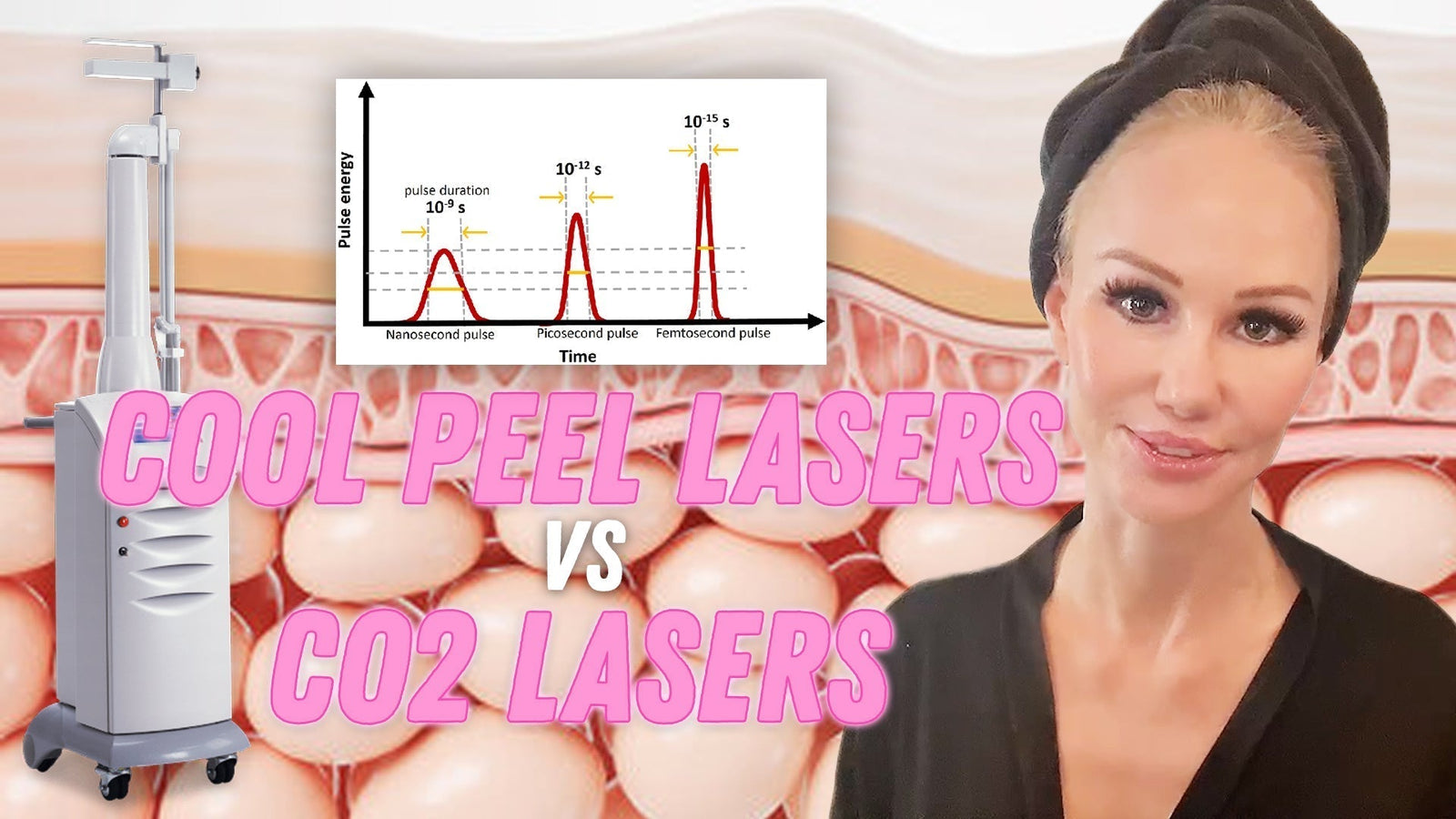Are you noticing more hair on your pillow, in your brush, or in the shower drain? You’re not alone. Hair loss is one of the most common concerns I see in my dermatology practice. The good news? Once you understand how hair growth cycles work and what factors can disrupt them, you can take steps to restore balance and encourage healthier, fuller hair.
👉 For a deep dive on hair growth cycles and treatments, watch my full YouTube video here:
The Science of Hair Growth Cycles
Your hair doesn’t grow all at once—it moves through phases:
-
Anagen (Growth Phase): About 90% of scalp hair is in this stage, actively growing.
-
Catagen (Transitional Phase): A short resting stage—only ~1% of follicles are here.
-
Telogen (Shedding Phase): About 9% of hair is naturally shedding.
Normal shedding is a few hairs every couple of days. When shedding increases significantly, it means the balance of these phases has shifted.
Why Hair Loss Happens
Many internal and external factors can trigger excess shedding or thinning:
-
Hormonal changes – pregnancy, postpartum, perimenopause, or menopause
-
Stress & cortisol – illness, high fever, or life stressors
-
Nutritional deficiencies – low iron, vitamin D, or B12 (often seen with weight loss or GLP-1 use)
-
Medical conditions – thyroid disease, anemia, autoimmune issues
-
Lifestyle & styling habits – tight hairstyles (traction alopecia), lack of sleep, poor diet
Understanding the root cause is the first step. Lab work with your provider can help uncover thyroid issues, anemia, or deficiencies.
Hair Loss in Women: Hormones Matter
Women experience constant hormonal fluctuations—PMS, pregnancy, postpartum, perimenopause, and menopause. These shifts can:
-
Increase shedding
-
Change hair texture (more frizz, less density)
-
Widen the part line
During pregnancy, hair may appear thicker due to prolonged anagen phases. After childbirth, the sudden shift back can cause noticeable shedding (postpartum telogen effluvium).
Treatments That Work
There isn’t one magic fix, but multiple approaches can restore hair health:
Medical & In-Office Options
-
PRP/PRF therapy – injections of platelet-rich plasma or fibrin to stimulate follicles
-
Minoxidil (Rogaine) – topical treatment that prolongs the growth phase
-
Finasteride (Propecia) – blocks DHT, a major cause of male pattern baldness
-
Latisse (bimatoprost) – stimulates eyelash growth
Lifestyle & At-Home Support
-
Balanced diet rich in protein, iron, and vitamins
-
Stress management and quality sleep
-
Avoiding tight hairstyles or harsh chemical treatments
-
Targeted supplements (collagen peptides, amino acids, bioavailable vitamins)
Scarring vs. Non-Scarring Alopecia
-
Scarring alopecia: Irreversible—caused by trauma, infections, or certain conditions.
-
Non-scarring alopecia: Often reversible—caused by hormones, stress, or nutrition.
Most people fall into the non-scarring category, meaning regrowth is possible with the right treatment plan.
Final Thoughts: Don’t Give Up on Your Hair
Hair loss can feel discouraging, but in many cases it’s temporary and reversible. By addressing underlying causes, making healthy lifestyle changes, and exploring proven treatments, you can restore healthier, fuller hair.



